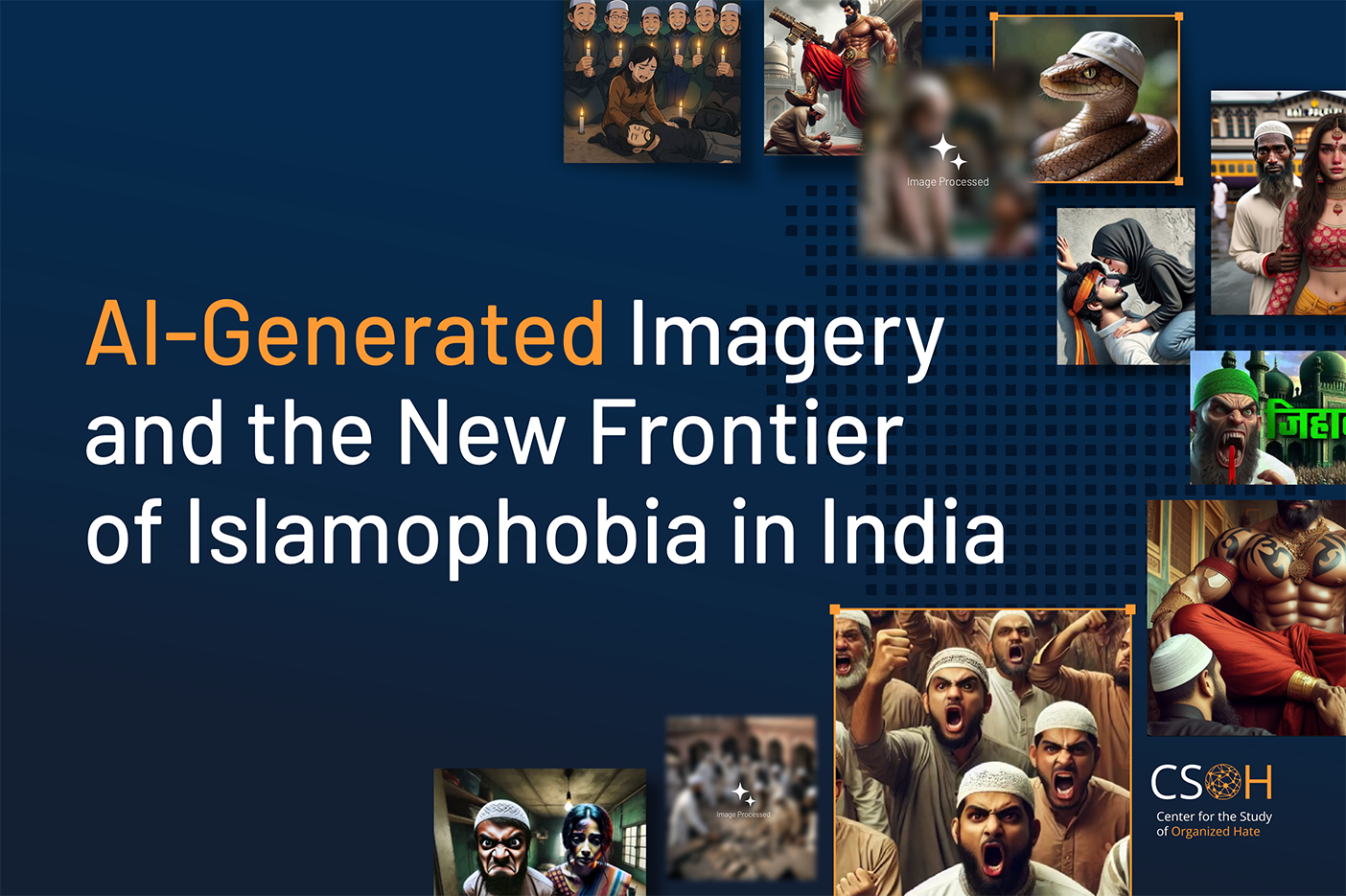CAIR Demands Tech Giants Combat AI-Powered Bot Networks Spreading Anti-Muslim Violence in India
The Council on American-Islamic Relations made an emergency request on October 15 for social media platforms to stop Indian Hindutva groups from using artificial intelligence and bot networks to spread anti-Muslim hate content because these synthetic propaganda efforts have already reached 27 million engagements on major platforms and create substantial risks of physical violence.
Massive Scale of AI-Generated Hate Content
The civil rights organization issued this announcement after the Center for the Study of Organized Hate (CSOH) released a study that found 1,326 AI-generated content pieces that spread anti-Muslim discrimination on Facebook, X (Twitter), and Instagram and YouTube from May 2023 through May 2025.
Researchers analyzed posts from 297 Hindu nationalist accounts with documented histories of targeting religious minorities. The adoption of AI-generated content remained minimal throughout 2023 before it surged in mid-2024 when Midjourney DALL·E and Stable Diffusion gained widespread use among India’s 22 million AI users.
Four Categories of Digital Weaponization
The CSOH report identified four dominant narrative patterns deployed in the synthetic hate campaign. Sexualized depictions of Muslim women garnered the highest engagement with 6.7 million interactions, revealing how Islamophobic propaganda fuses misogyny with anti-Muslim hate by portraying women as legitimate objects of harassment or violence.
AI-generated images used to dehumanize Muslims remain understudied by researchers.
— Center for the Study of Organised Hate report
The rhetoric employed exclusionary language to depict Muslims as snakes who wore skullcaps while showing them as deceitful threats to society, which required elimination. The conspiracy theories “Love Jihad,” “Population Jihad,” and “Rail Jihad” spread false information that Muslims are constantly endangering Hindu society and national security.
The fourth category used Studio Ghibli-style visuals to create stylized and animated content, which made hateful material seem appealing and even funny to attract younger viewers.
Platform Failures and Media Amplification
Instagram proved to be the most influential platform because it generated 1.8 million interactions from 462 posts, although it had fewer posts than X and Facebook. The platform achieved 1.8 million interactions through 462 posts, while X generated 772,400 interactions from 509 posts, and Facebook reached 143,200 interactions from 355 posts.
The Hindu nationalist media outlets OpIndia, Sudarshan News, and Panchjanya functioned as key producers of synthetic hate content, which they distributed to create widespread Islamophobic beliefs through their mainstream media platforms. The three major platforms received 187 reports about community guideline violations, but they did not remove any content because researchers found evidence that the platforms did not enforce their own rules.




The part about the surge in AI-generated hate content in mid-2024, specifically with tools like Midjourney and DALL·E, really stood out; it highlights a critical intersection of advanced tech and social manipulation. It’s crucial that platforms develop more sophisticated detection algorithims, perhaps even leveraging AI itself, to counter these synthetic propaganda efforts, especially given the documented risks of physical violence and the misogynistic angle.